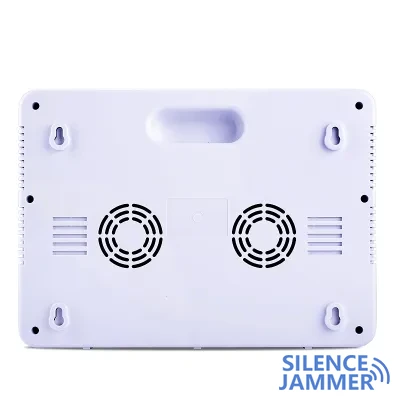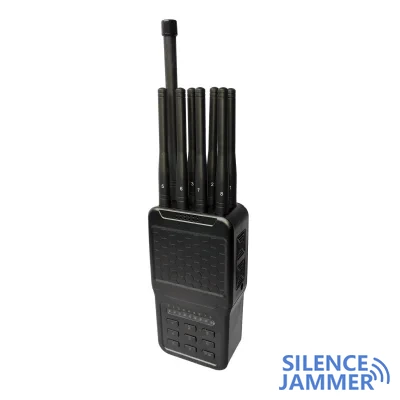The number of pilot reports to NASA's Aviation Safety Reporting System (ASRS) regarding GPS signal loss or disruption on private and commercial aircraft has increased significantly in recent years. GPS signal outages have become a serious problem for commercial and general aviation aircraft flying around the world. The industry is taking various measures to address this challenge.
Over the past decade, aircraft have increasingly relied on Global Navigation Satellite System (GNSS) technology. Operators utilize advanced performance-based navigation (PBN) procedures and satellite navigation technologies deployed by global air navigation service providers (ANSPs) to gradually replace traditional radio navigation aids, air-to-ground and inertial navigation systems. However, what happens if GPS satellite signals are intentionally disrupted by military exercises, by malicious actors, or even by truck drivers who inadvertently interfere with their employer’s GPS vehicle tracking technology signals?

According to data on NASA's Aviation Safety Reporting System (ASRS), from 2013 to 2016, a total of nearly 80 incidents of aircraft GPS signal interference or failure were reported. Pilots of everything from the small Cessna 172 to the large Airbus A300 have reported these incidents, and they are not limited to the United States.
The vast majority of incidents involve GPS navigation systems that either completely lose signal or falsely report the aircraft's position. Guy Buesnel, a security technical expert at PNT at British communications network provider Spirient Communications, said there were about 50 incidents where the cause of the failure was not yet clear.
Source of interference
Buesnel noted that many of the reports he reviewed involved military interference, but other incidents were either intentional or unexplained. For example, in October 2016, a Flight Service Bureau Bulletin report warned of severe GPS interference at Marseille-Provence Airport in France, affecting all GPS procedures at the airport.
Drones are not immune to GPS signal interference. In December 2015, the U.S. Department of Homeland Security (DHS) publicly confirmed that its surveillance drones flying over the U.S.-Mexico border had experienced GPS signal interference, which was believed to be caused by Mexican drug cartels.
Interference trend
Buesnel said Spirent has deployed GPS signal jammers around the world and has found an increase in interference incidents. These low-level interferences, although not intentional, can still affect the normal operation of the GPS system. Many people buy cheap cigarette lighter jammers online to stop their employers from tracking their whereabouts at work. Although it is illegal to own such a device in the United States, the legislation is less strict in other countries. In the UK, for example, although it is illegal to operate a GPS signal jammer, it is legal to own one.

Response measures within the industry
As with many air risks and security threats, the aviation industry is well aware of the vulnerability of GPS and is taking proactive measures to combat it. The Federal Aviation Administration's (FAA) Air Traffic Organization (ATO) notes on its website that it is actively working with the U.S. Department of Defense to mitigate GPS vulnerabilities and ensure enhanced systems can detect and mitigate the issue.
In December 2016, at a meeting of the National Advisory Committee on Space-Based Positioning, Navigation and Timing, the Department of Homeland Security outlined several tests that would be conducted between March and August 2017. These tests involve GPS receiver manufacturers and are designed to demonstrate receiver operation in an open-air environment, identify vulnerabilities, and help end users develop mitigation strategies.

Technology testing and development
Buesnel said Spirent developed a testing framework that supports automated testing and passes captured interference waveforms to the receiver in a simulator where scenarios are set up. The test simulates an aircraft landing on a runway with the signal jammer in a parking lot, assessing its impact on the aircraft and ground receivers.
"GPS is a very successful system," Buesnel said. "But it also has some specific vulnerabilities, so there is some work being done to introduce a complementary navigation system, which I think has to be done at a government level."
In conclusion
Overall, the potential consequences of GPS interference are clear. This disruption is an unnecessary risk that the aviation safety ecosystem can mitigate by understanding the components and allowing all stakeholders to collaborate appropriately. This includes ongoing support from operations and cybersecurity teams, as well as industry risk management and regulators. Like other operational risks, it requires continuous monitoring and the execution of a response plan in the event of a disruption.
Through collaboration and effective guidance, we can work together to address GPS issues and ensure the safety and efficiency of the aviation industry.


